Hello and welcome to Costa Rica! Our first impressions confirm many expectations – both positive and negative. On the one hand, Costa Rica is very tidy, safe and even at the border the officials were very helpful and friendly. In stark contrast to other countries here in Central America. On the other hand, our expectation of high prices was confirmed, Costa Rica is now really expensive for this region of the world and extremely busy with (American) tourists. With the many changes since the last general tourist crisis, prices have risen sharply once again. Fortunately, we don’t necessarily have to do so much shopping and can do without hotel accommodation altogether. For example, admission to the Tenorio Volcano National Park costs $12 per person, after which you can hike to the blue turquoise Rio Celeste River and explore the rainforest on the designated trails. This national park is one of the cheaper ones. It is what it is – we came to Costa Rica to explore the landscape and nature, of course, so we accept that this country will probably cost us a little more than the previous ones here in Central America.
Rio Celeste waterfall
After about 30 minutes, we reach our first stop – the main attraction: the Rio Celeste waterfall. The waterfall emerges from the dense green of the jungle about 30-40 meters above our heads from rugged rock and thunders down into the pastel blue catch basin. The scenery is very beautiful. Especially with this specially colored thermal water. Where the course of the river continues and the depth of the water decreases, the dark brown stones shimmer through the water as if it were a very dense fog. We have never seen water of this quality before, perhaps the secret of why the water is the way it is here will be revealed further up, further back in the jungle.
As we set off at 7.00 a.m. and were among the first to enter the national park, there are (still) only a handful of other tourists here with us at the moment.
Natural whirlpools and water springs
As we continue on our way, we come across places in the course of the river where so much gas escapes that natural whirlpools form. The only downside to this whirlpool, however, is the smell. The air is very sulphureous and the smell of rotten eggs does not necessarily invite you to linger. Between you and me: unfortunately, bathing is prohibited in the entire national park anyway. We hike on to get to the bottom of the special coloration of the water. At the very end of the hiking trail in the national park is the water source with the turquoise blue water. A normal river course meets the spring and so regular freshwater mixes with the naturally blue-colored thermal water. The coloration is due to a special mineral content in the water and the reaction when it flows into the normal freshwater course of the other river. The minerals clump together from nanoparticles to form microparticles, which then causes the absorption of certain wavelengths of sunlight and ultimately gives the water its unique blue color. The gradual dilution of this milky blue water creates the special effect of semi-transparent, pastel blue water as described above in the further course of the river.
And how could it be otherwise? The reason for this special process with the thermal water is the underlying volcanic system, which is overgrown by the dense jungle. This is how so many minerals and heat are bound in the water in the first place and ultimately released into the environment. Due to the strong dilution with the normal river courses, however, only the color remains, but not the heat for the further course of the river.
Jumping into the watercolor
After the sweaty hike, it is again tropically hot and humid with incredibly high humidity, the tip from the park ranger comes in handy. Drive a little further along the road you came here. The road crosses the Rio Celeste several times and there are parking facilities at the bridges. Don’t pay anything! This was his prompt, and so we end up taking a dip in the Rio Celeste – to cool off, we jump into the water, which really looks like it’s been mixed with lots of watercolor.
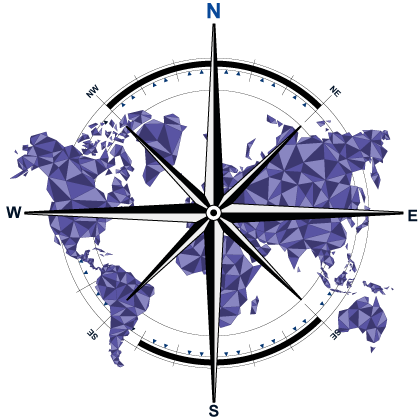
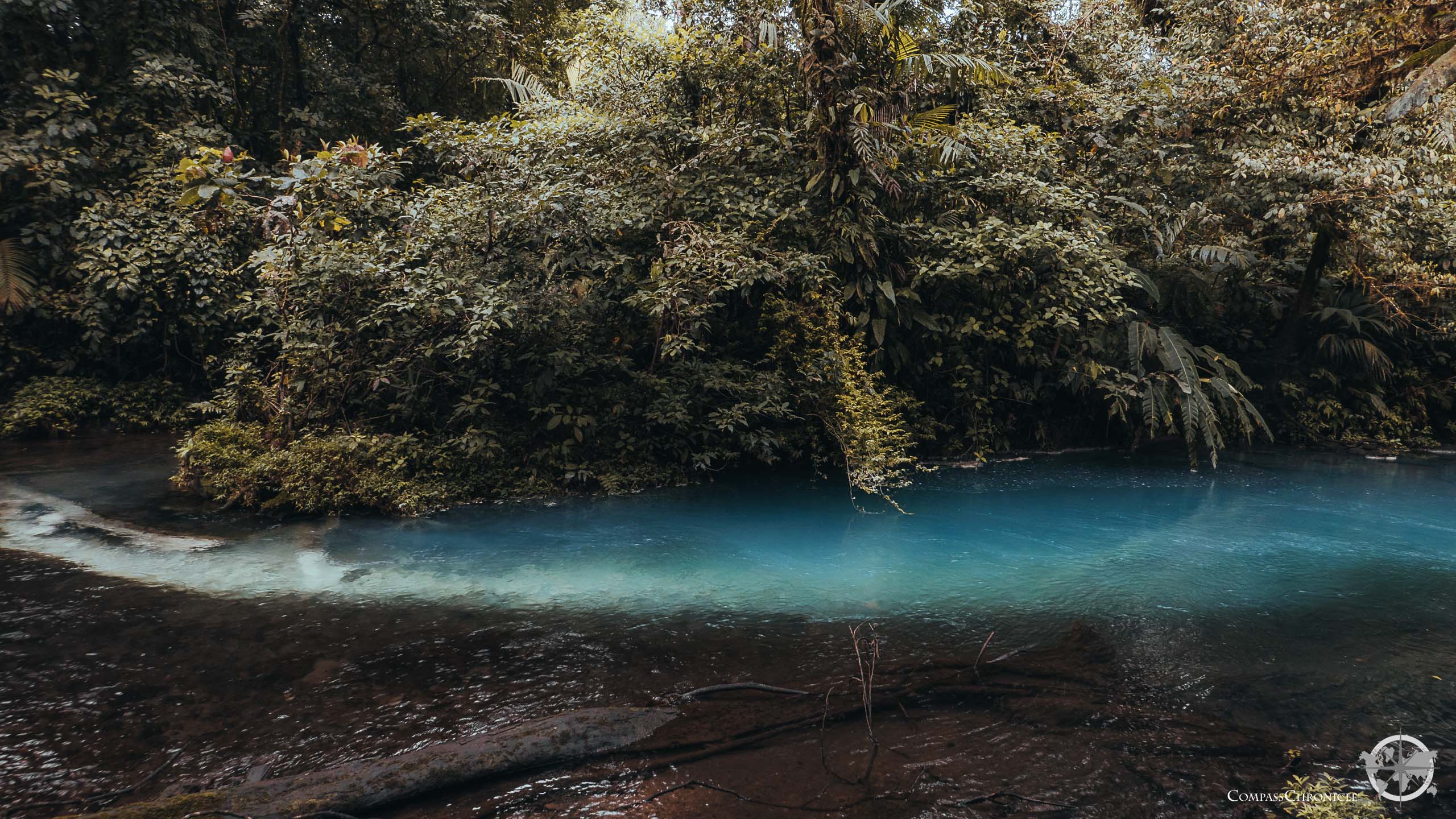
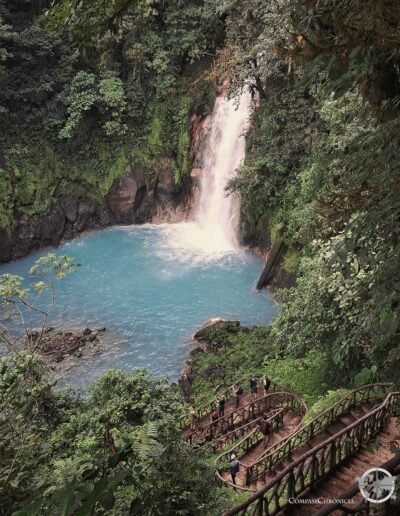
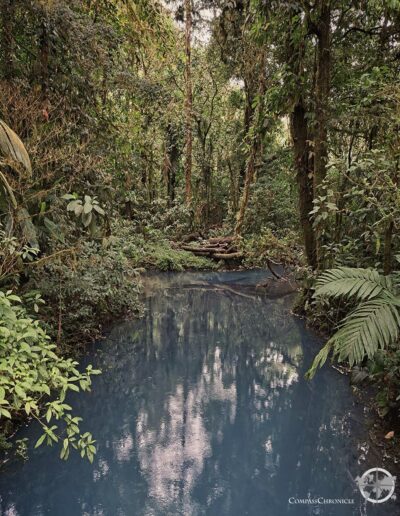
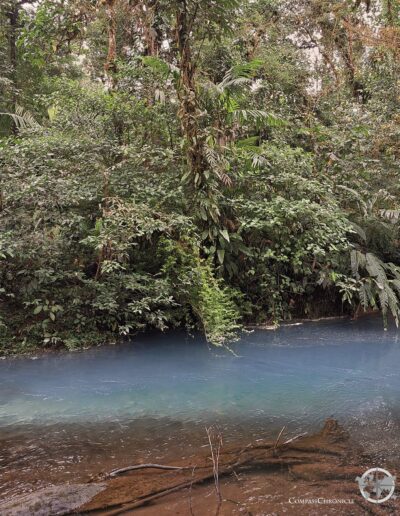
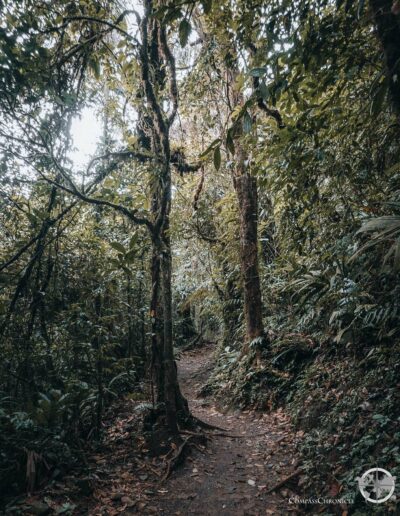

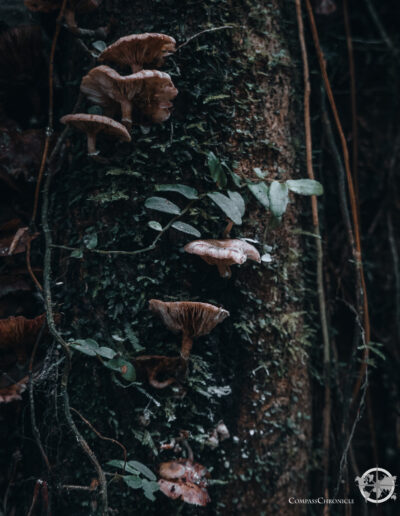
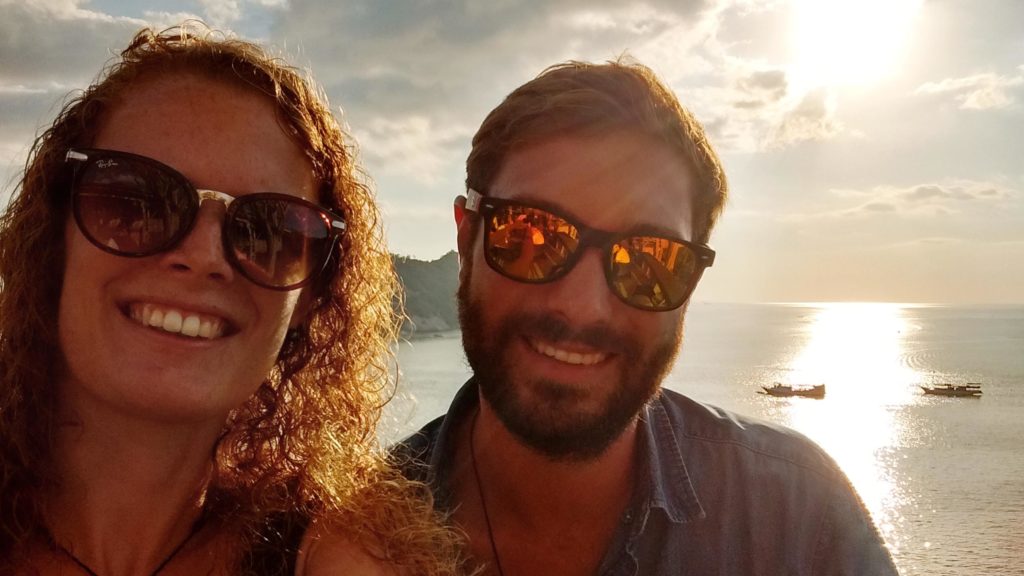
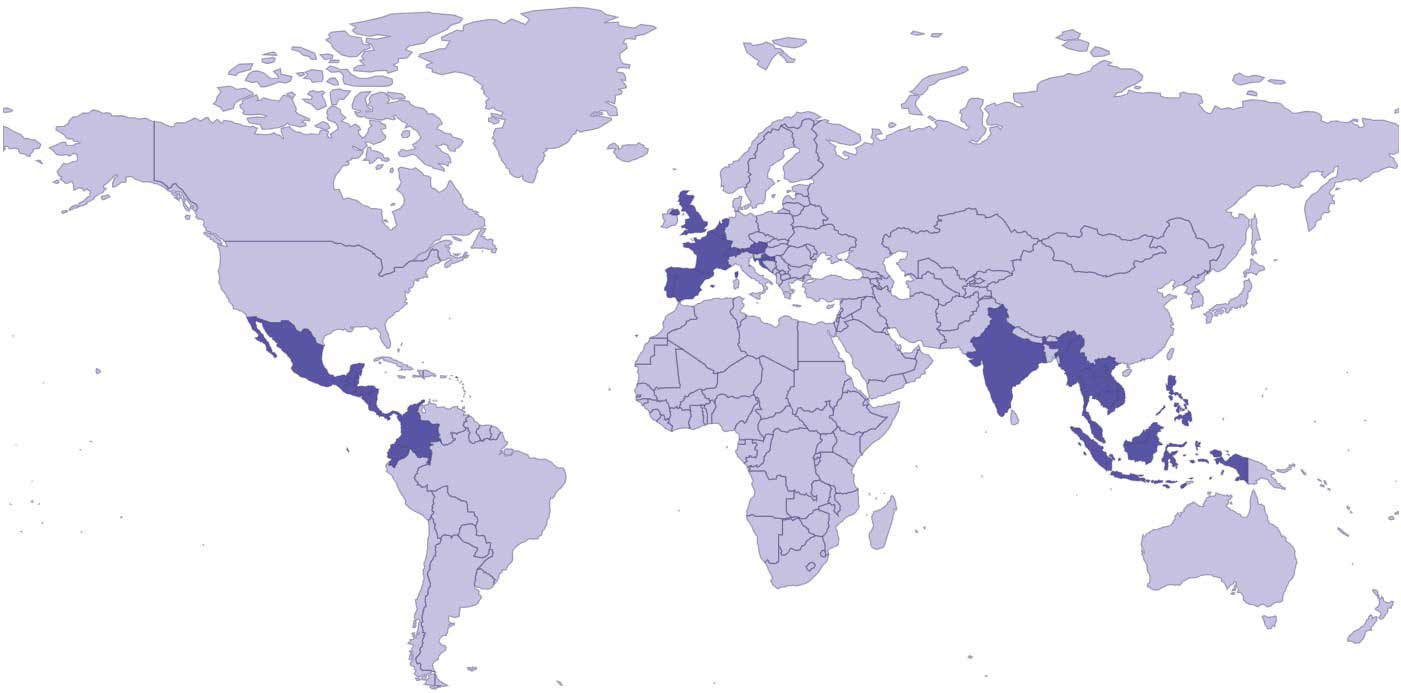

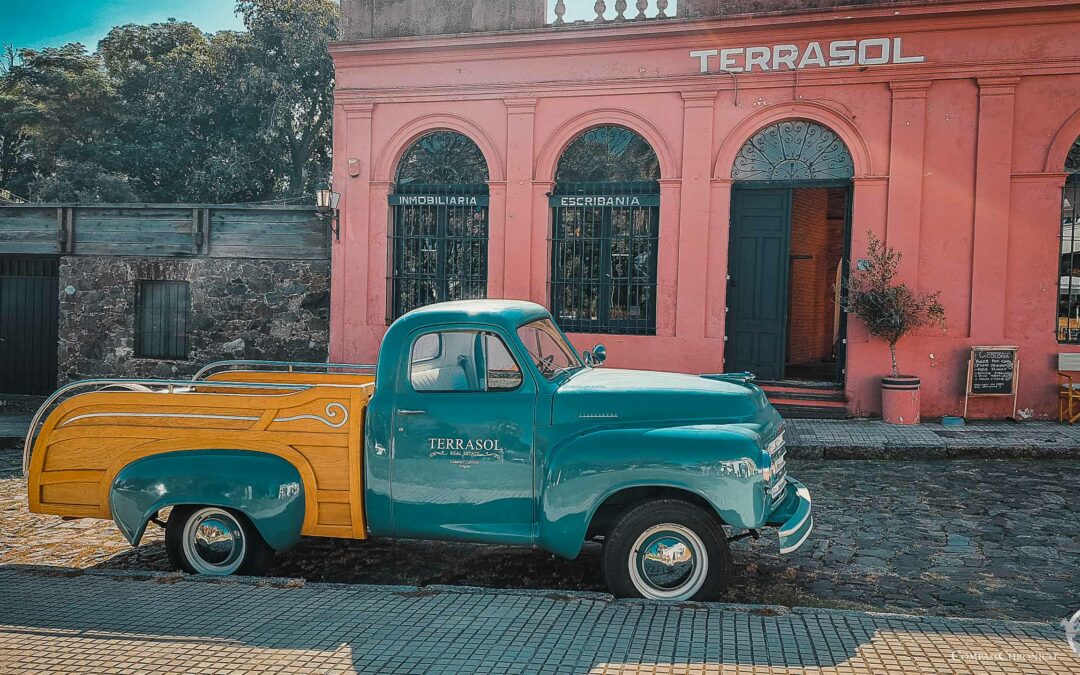
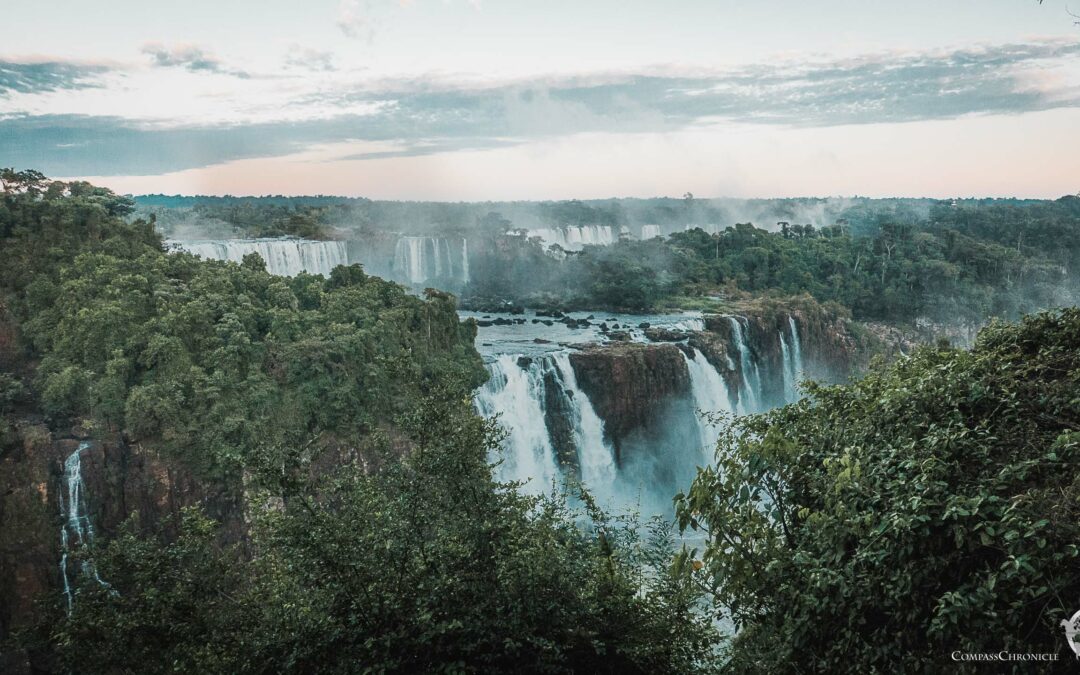
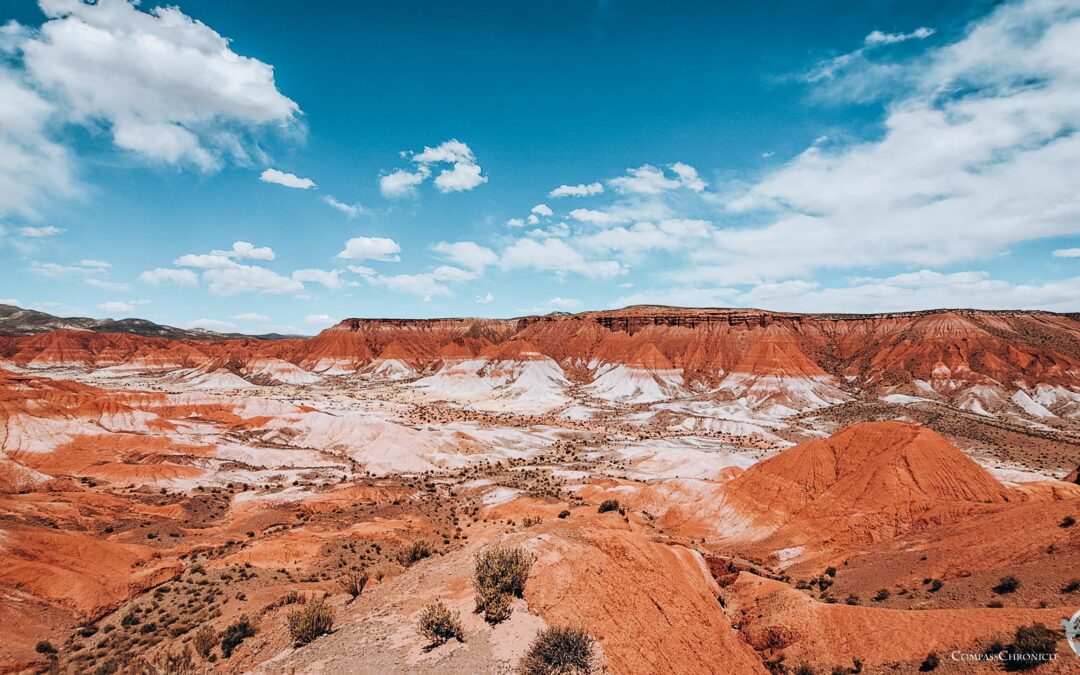
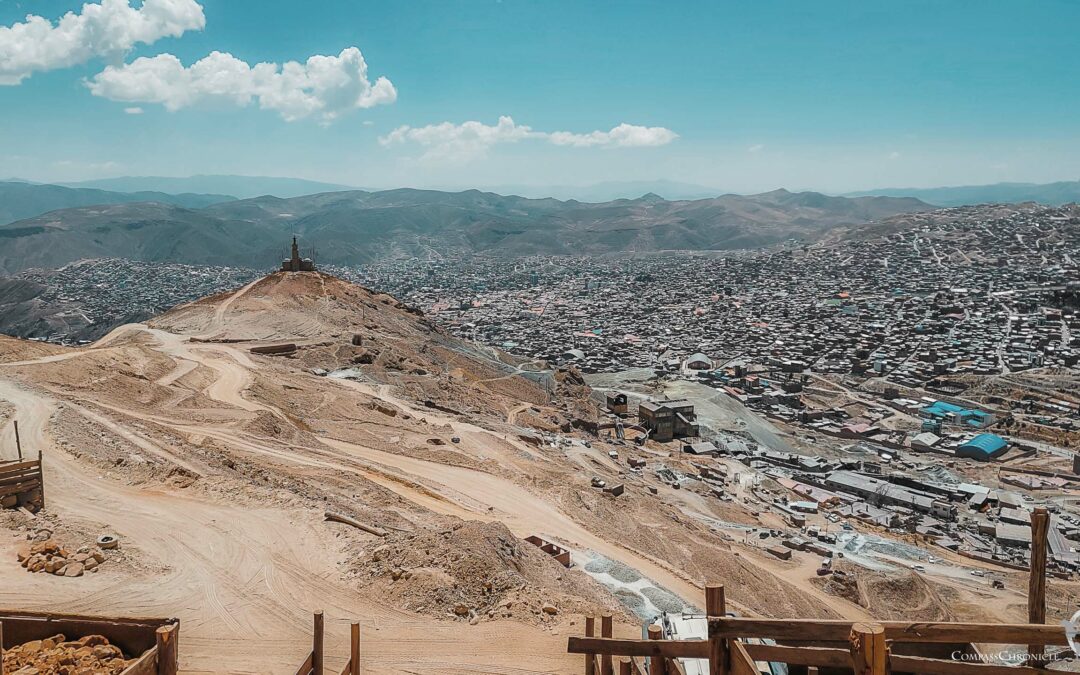
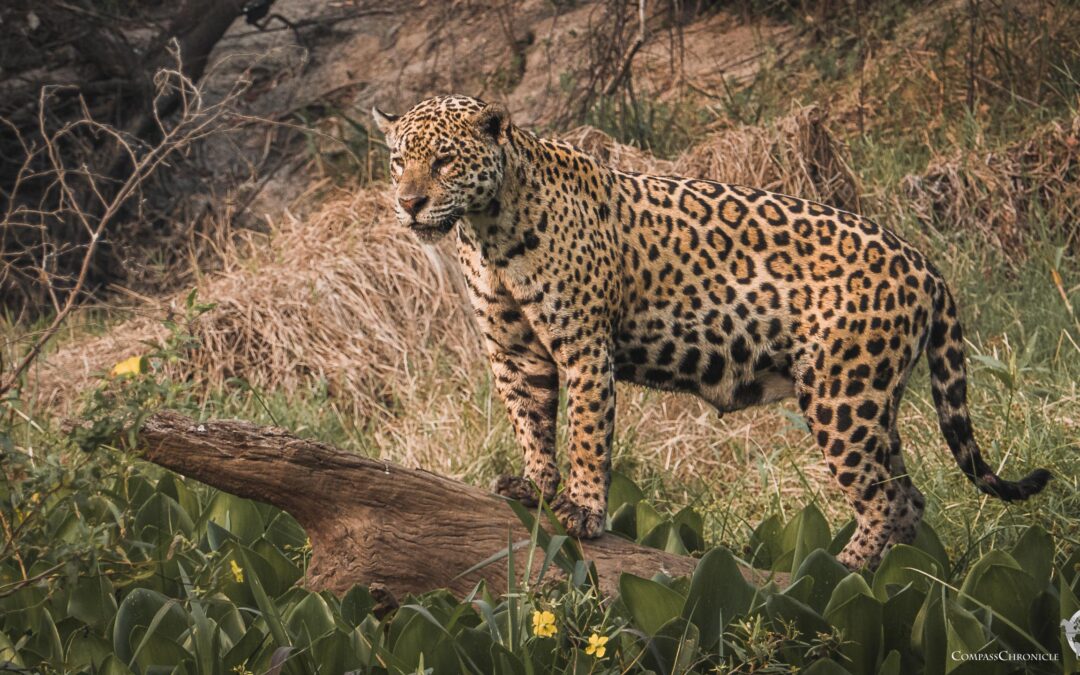
0 Comments